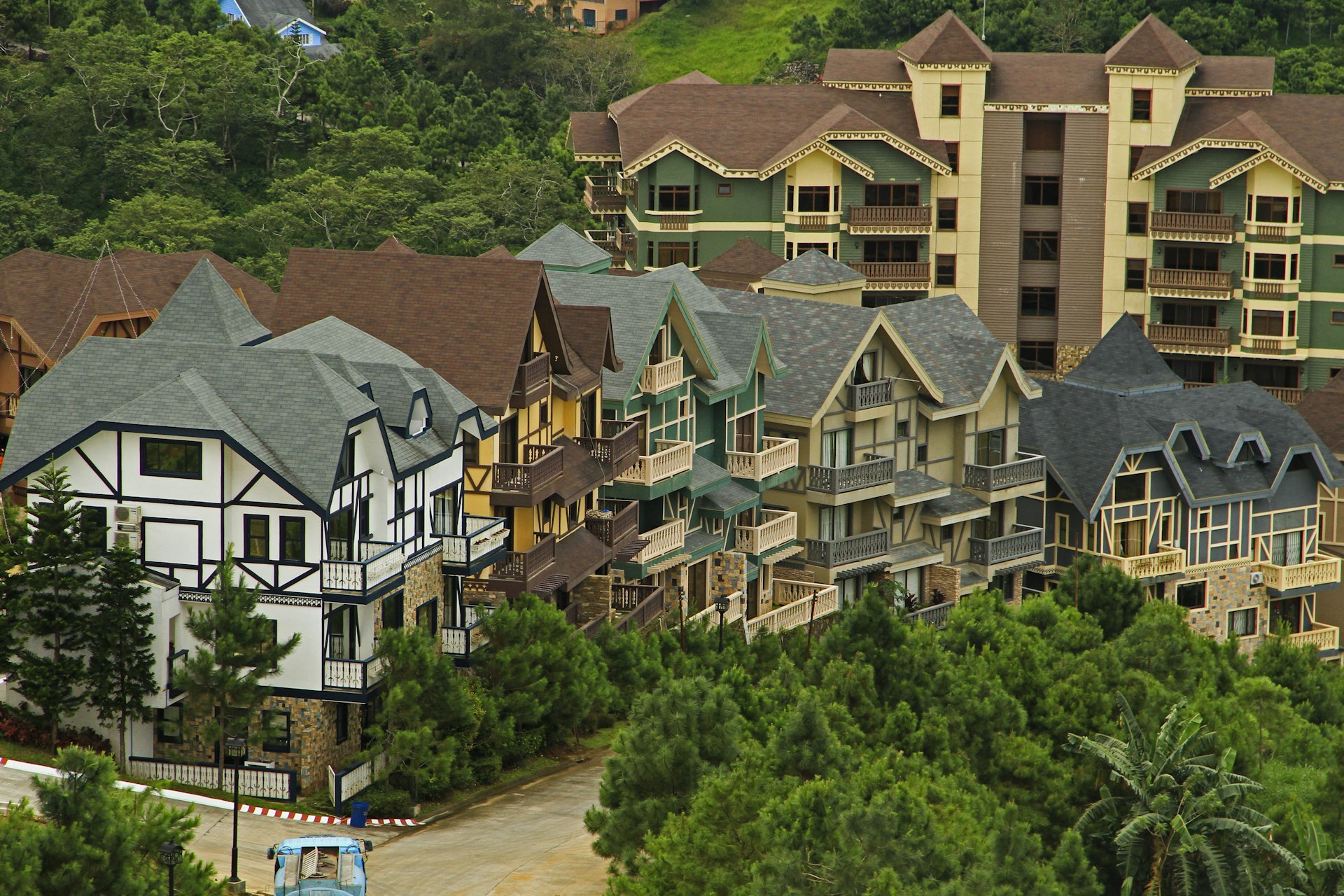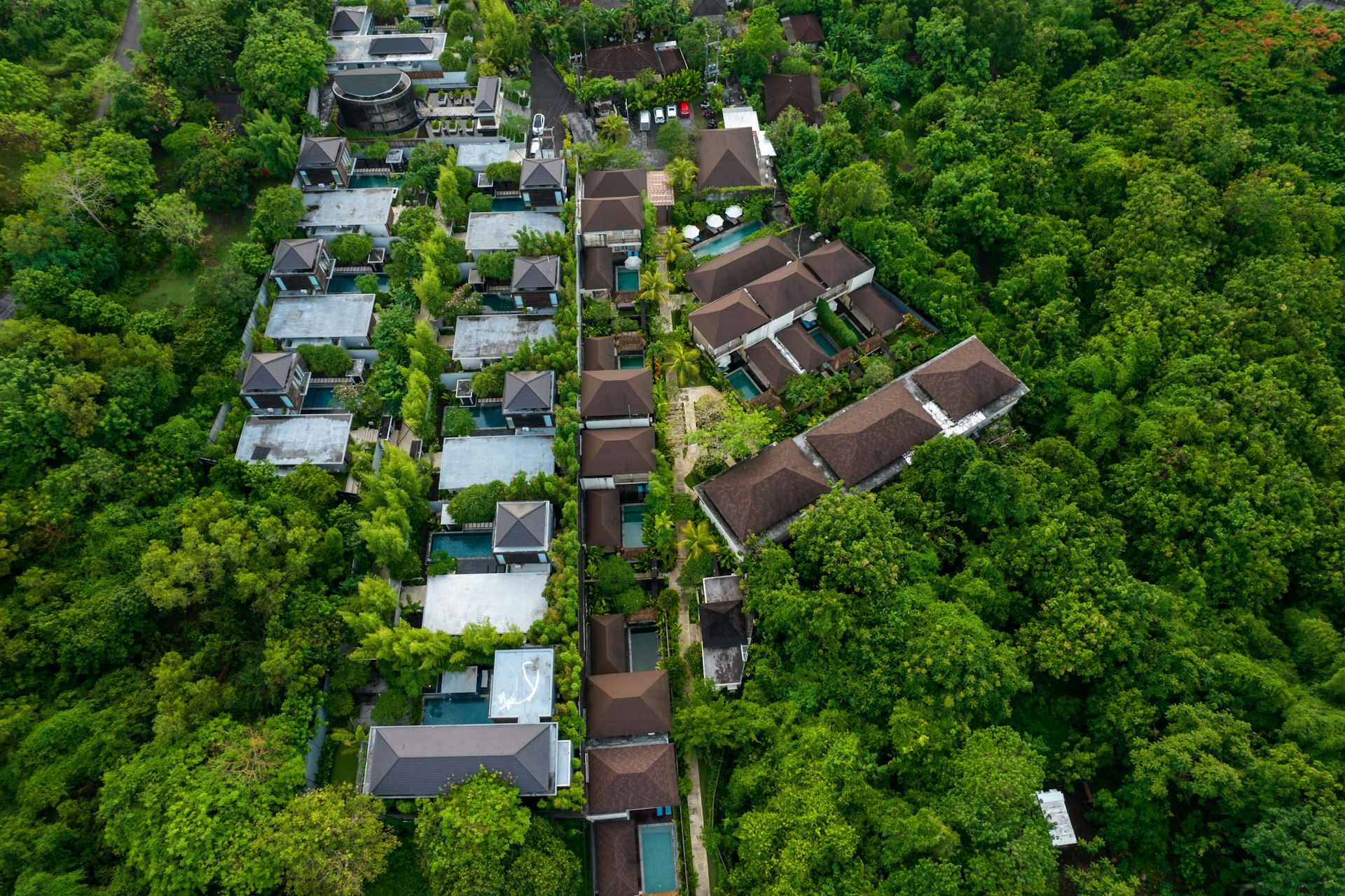Sustainable Tourism Real Estate: Building Value for Investors and the Planet

Photo by Brittany Corporation on Unsplash
Introduction: The Synergy of Sustainable Tourism and Real Estate
Sustainable tourism has rapidly evolved from a niche interest into a mainstream expectation among travelers, investors, and local communities. As environmental concerns and consumer awareness rise, the integration of sustainability into real estate development emerges as both a market imperative and an ethical responsibility. Developers, investors, and hospitality professionals are now tasked with creating properties that deliver exceptional guest experiences, minimize environmental impact, and generate long-term economic returns. [2]
Understanding Sustainable Real Estate in Tourism
Sustainable tourism real estate refers to the planning, construction, and operation of properties-hotels, resorts, residences, and mixed-use developments-that prioritize environmental stewardship, social responsibility, and economic viability. This approach moves beyond basic eco-friendliness, embedding sustainability into every phase of a property’s lifecycle. It encompasses green building standards, renewable energy integration, water conservation, community engagement, and more. [1]
Key Principles and Benefits
Successful sustainable tourism real estate projects are underpinned by several key principles:
- Environmental Efficiency: Utilizing eco-friendly materials, optimizing energy and water use, and reducing waste.
- Community Engagement: Supporting local economies, respecting cultural heritage, and fostering positive relationships with residents.
- Economic Longevity: Properties that are environmentally and socially responsible tend to attract loyal guests and investors, boosting long-term value. [2]
For investors, these principles translate into higher occupancy rates, premium pricing, lower operational costs, and enhanced brand reputation. [1]
Innovative Practices in Sustainable Tourism Real Estate
Modern sustainable developments incorporate a range of cutting-edge innovations:
Eco-Friendly Building Design: Properties increasingly feature energy-efficient insulation, green roofs, and passive solar orientation. For instance, hotels are investing in solar panels and rainwater harvesting systems to reduce resource consumption. These features not only lower costs but also serve as unique selling points for eco-conscious travelers. [3]
Smart Building Technologies: Automated systems for lighting, heating, and cooling optimize energy use and maintain guest comfort. AI-driven solutions further enhance efficiency by predicting occupancy patterns and adjusting resources accordingly. [4]
Carbon-Neutral Design: Some projects aim for net-zero emissions by selecting sustainable materials, offsetting carbon, and integrating green infrastructure. These efforts appeal to environmentally aware consumers and may qualify for green certifications, increasing property value. [4]
Case Studies: Real-World Impact
Tulum and Quintana Roo (Mexico): Developers in these regions are embracing responsible tourism by prioritizing low-impact construction, integrating local materials, and supporting conservation initiatives. Projects like Nativa Tulum demonstrate how luxury and sustainability can coexist, attracting investors seeking both returns and positive impact. [2]
Panama: In Panama, eco-conscious real estate projects blend profit with environmental protection. Investors find these developments resilient to market shifts, given their appeal to a growing segment of travelers who value sustainability. [1]
Guanacaste (Costa Rica): Coastal projects demonstrate both the opportunities and challenges of sustainable development. While high-end resorts and residential communities boost local economies, they also require careful management of resources like water and electricity to avoid conflict and environmental degradation. [5]
Step-by-Step Guidance for Developers and Investors
Getting started in sustainable tourism real estate involves several key steps:
- Research Local Regulations: Regulations and incentives for sustainable construction vary widely. Developers should consult with municipal planning offices, tourism boards, and environmental agencies in the target region. In the United States, the U.S. Green Building Council (USGBC) offers guidance on LEED certification. For other countries, seek similar recognized certification bodies.
- Engage Local Stakeholders: Early engagement with community leaders, environmental groups, and local businesses helps ensure the project aligns with regional needs and minimizes opposition. Hosting public forums and partnering with NGOs can facilitate collaboration.
- Design for Sustainability: Work with architects and engineers who specialize in green building. Specify renewable materials, energy-efficient systems, and waste reduction measures in all plans. Consider third-party sustainability consultants for best practices.
- Assess Financing Options: Some banks and international development organizations offer favorable loan terms for green projects. Contact local banks and search for “green development financing” or “sustainable real estate investment.” Inquire about government grants or tax incentives for eco-friendly construction.
- Implement and Monitor: During construction and operation, use monitoring tools to track energy usage, water consumption, and waste production. Regularly assess performance against established sustainability benchmarks and adjust operations as needed.
If you are interested in investing, you can connect with established real estate developers, attend regional real estate expos, or consult with sustainability-focused real estate agencies in your target area. Always request detailed documentation of a project’s sustainability credentials before committing capital.
Challenges and Solutions
Despite the clear benefits, sustainable tourism real estate faces notable challenges. Initial costs for green construction may be higher than traditional builds, and navigating regulatory frameworks can be complex. However, these obstacles are often offset by lower operating expenses, higher guest demand, and access to incentive programs. Engaging experienced consultants and maintaining transparent communication with stakeholders can help mitigate risks. [3]
Alternative and Complementary Approaches
Some developers pursue partnerships with conservation organizations to enhance their sustainability impact, while others retrofit existing buildings instead of constructing new ones to reduce environmental footprint. Community-based tourism initiatives, where locals participate in development and management, offer further opportunities for inclusive growth. Consider exploring these options to diversify your investment and development strategy. [4]
Accessing Opportunities and Further Resources
To identify sustainable tourism real estate opportunities:
- Attend regional sustainable tourism conferences and real estate expos.
- Search for “eco-friendly real estate developments” or “green hotels for sale” in the region of interest.
- Contact the local tourism board, chamber of commerce, or investment promotion agency for guidance on current projects and incentives.
- If interested in international models, review resources from the United Nations World Tourism Organization (UNWTO) by visiting the official UNWTO website and searching for “sustainable tourism real estate”.
- Consult with architects and consultants experienced in green building and sustainable hospitality design.
For step-by-step assistance, reach out to a sustainability consultant or seek local legal counsel with expertise in real estate and environmental compliance. Consider joining professional associations focused on green development for networking and ongoing education.
Conclusion: Building for a Sustainable Future
Real estate development in sustainable tourism is both a responsibility and an opportunity. By integrating innovative technologies, engaging stakeholders, and adhering to best practices, developers and investors can create properties that enrich communities, attract discerning travelers, and deliver lasting value. As sustainability becomes the new standard, those who adapt early will be best positioned to thrive.

Photo by Sasha Daniels on Unsplash
References
- Panacrypto (2024). Promoting Sustainable Tourism with Real Estate.
- Nativa Tulum (2024). Responsible and Sustainable Tourism in Tulum and Quintana Roo.
- UNWTO Tourism Academy (2024). Embracing Sustainability: Innovative Real Estate Solutions in the Hospitality Industry.
- Meegle (2024). Eco-Tourism and Real Estate.
- World Bank ICSID (2009). The Expansion of Real Estate Tourism in Coastal Areas.
MORE FROM moneysaversearch.com













